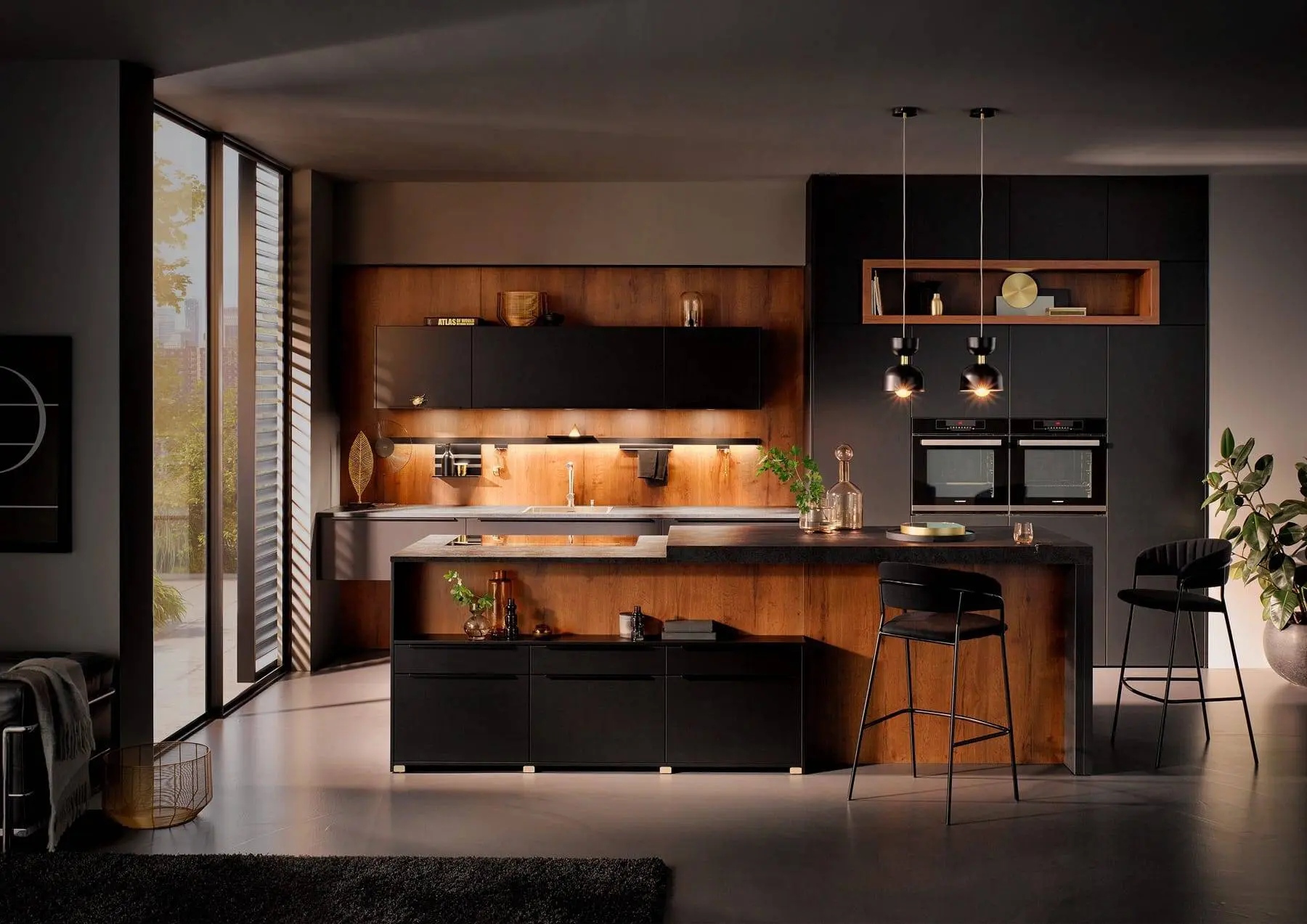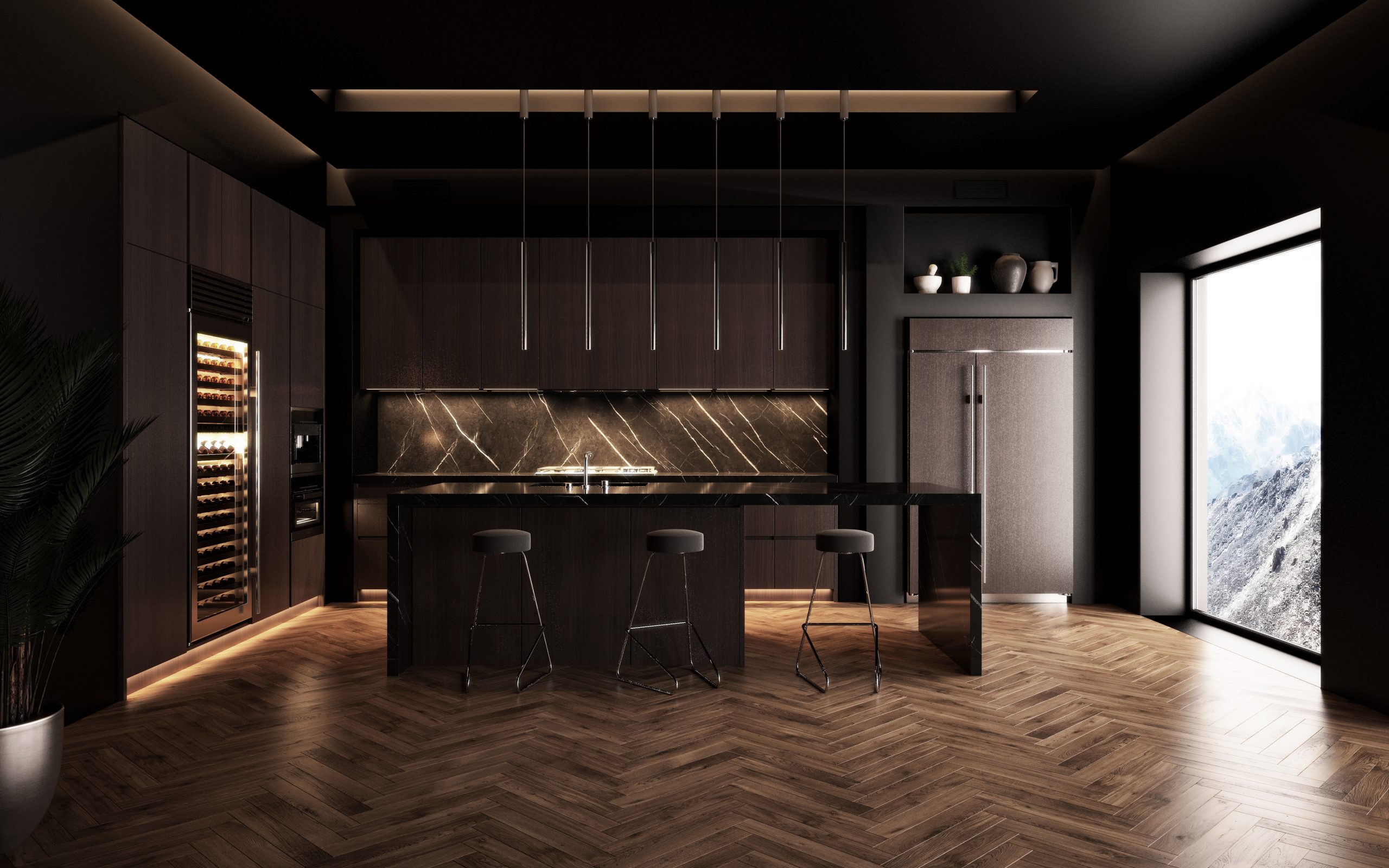
The kitchen has always been a place of joy and comfort, but in recent years, it has also become a place of stress and worry for restaurant owners. The rising costs of running a restaurant and the increased competition in the industry have led to the emergence of the “dark kitchen,” a new form of restaurant that operates without a storefront or dining room. Dark kitchens offer the same great food as their traditional counterparts, but they come with some serious downsides. In this article, we’ll take a look at why more and more restaurants are going dark and what the potential pitfalls are.
- The Cost of Running a Restaurant:
Running a restaurant isn’t cheap. Rent and utilities take up a large portion of the budget, as do payroll and other overhead costs. With the cost of running a restaurant on the rise, it’s no wonder that more and more restaurants are looking to cut costs by going dark. Dark kitchens don’t require a storefront or dining room, so they’re a more affordable option for restaurant owners who are looking to save money.
- Increasing Competition:
The restaurant industry is becoming increasingly competitive, and restaurants need to find ways to stand out from the crowd. One way to do this is to go dark and focus on delivery-only services. This way, restaurants can reach more customers without having to invest in a storefront or dining room. Furthermore, dark kitchens can help restaurants save money on staffing costs, since they don’t need to hire as many people to run the restaurant.
- Cloud Kitchens:
Cloud kitchens are a type of dark kitchen hong kong that are becoming increasingly popular. Cloud kitchens are typically shared spaces that multiple restaurants can use to prepare and package food for delivery. This way, restaurants can save money on rent and other overhead costs while still reaching a wide range of customers.

- Pros and Cons:
Like any business decision, there are pros and cons to going dark. On the plus side, dark kitchens are more affordable, and they can help restaurants reach more customers. On the other hand, dark kitchens can limit the amount of interaction between customers and staff, which can lead to a decline in customer satisfaction. Plus, dark kitchens can make it harder for restaurants to create a unique brand identity.
- Managing Logistics:
Going dark doesn’t mean that restaurants don’t have to worry about logistics. In fact, it can sometimes be even more challenging to manage logistics when you don’t have a storefront or dining room. Dark kitchens need to be able to manage orders, deliveries, and customer service, all without a physical location. This requires careful planning and a good understanding of the delivery process.
- Customer Service:
One of the biggest challenges for dark kitchens is providing good customer service. Without a physical location, it can be difficult for customers to interact with staff and get their questions answered. Restaurants need to find ways to provide customer service online and make sure that customers are happy with their experience.
Conclusion:
The dark kitchen industry is still in its infancy, and there is still a lot to learn. As the industry continues to grow, restaurants will need to find new and creative ways to stand out from the competition and provide good customer service. The future of dark kitchens is still uncertain, but it’s clear that they are here to stay.










